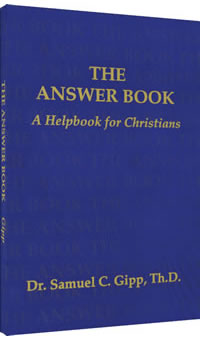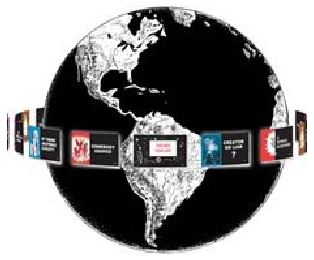How Do You Know They Are Real?
One of the latest tourist attractions in Washington, DC is the Museum of the Bible. It was initially funded by David Green, founder of the chain of arts and craft stores, Hobby Lobby. For DC visitors interested in the history of the Bible, it is a must visit.
One of the displays contains fragments of what was labeled the Dead Sea Scrolls. In 1947, some shepherds discovered ancient jars of documents in remote caves in Israel. Bible historians have had a treasure trove for their research. While they ultimately did not reveal anything revolutionary about Bible history, they made quite a splash on the academic scene.
Of course, the Museum of the Bible is the ideal place to display samples of the Dead Sea Scrolls. A few years ago Green purchased 16 fragments believing that they were from the Dead Sea Scrolls. He is personally a collector of ancient documents and the museum was in the planning stages.
Before completion of the museum, some scholars began to question the history (provenance) of the fragments. When the museum was finished, Green displayed them but with a notice that there was some question about them. A small sample was submitted for evaluation and the report indicated that they were “inconsistent with ancient origins.”
Rather than quietly withdrawing them from display, the Museum sponsored scientific testing of the entire collection of the fragments. After several months of thorough elemental and molecular analysis it was concluded that they were a very clever fabrication done sometime in the 20th century.
To many of us, these obscure workings of museums may seem disconnected from the real world where we live. However, the authenticity of “ancient” documents can have enormous consequences.
An example is the two Bible manuscripts that underpin almost the entire selection of modern Bibles: the Codex Sinaiticus and the Codex Vaticanus. Belief that they are truly the earliest copies that we have of the Bible has led scholars to alter the reading of most of the Bibles used by pastors and Bible teachers today.
The report produced by the researchers into the fragments in the Museum of the Bible spoke several times about their “provenance.” This term is used for the history of the document. If a document appears out of nowhere, that is considered an immediate cause for suspicion.
It is important to be able to trace the “chain of custody,” where it was first discovered, who owned it and who else was it transferred to in its history. These were the primary factors in times past, but today modern science has handed us another tool to examine them down to the molecules of the parchment and ink of the documents.
The final report available on the Museum of the Bible website is over 200 pages long and makes fascinating reading.
Author and Linguist David W. Daniels has used modern research techniques to raise questions about the authenticity of the Sinaiticus and Vaticanus Codices. He does not have the resources to do in-depth scientific analysis but has done extensive research into their record of the provenance and chain of custody.
What he has found is very disturbing for anyone who is relying on the modern Bible versions. The Vaticanus has no history prior to 1475 and the Sinaiticus before 1840. Daniels has also discovered that museums who hold the original Vaticanus and Sinaiticus documents have refused to allow them to be scientifically evaluated.
Also, the contents of both of them vary widely from the 5700+ manuscripts in the stream of reliable Biblical history supporting the King James Bible. Many verses, chapters, and whole books are missing. (Vaticanus does not contain the book of Revelation.)
Space here does not permit the details that Daniels has included in the several books and vlogs that he has produced over the years as his research has progressed. Additional information can be obtained at www.chick.com. Click “MORE” and “Bible Versions.” You can also visit our Chicktracts channel on YouTube.
- See more articles on related topics:
- Bible Versions
- Codex Sinaiticus
- Changes in Bible Versions
Other Articles from May/June 2020:
More on Bible Versions:
Products of Interest:
-

Is The "World's Oldest Bible" a Fake?
352 pages
Here is proof that the Sinaiticus, a supposedly ancient Bible text on which modern Bibles are based, is actually a 19th-century fake. -

Answer Book, The
165 pages
Over 60 of the most commonly asked questions about Bible versions are answered in an easily understood style.



